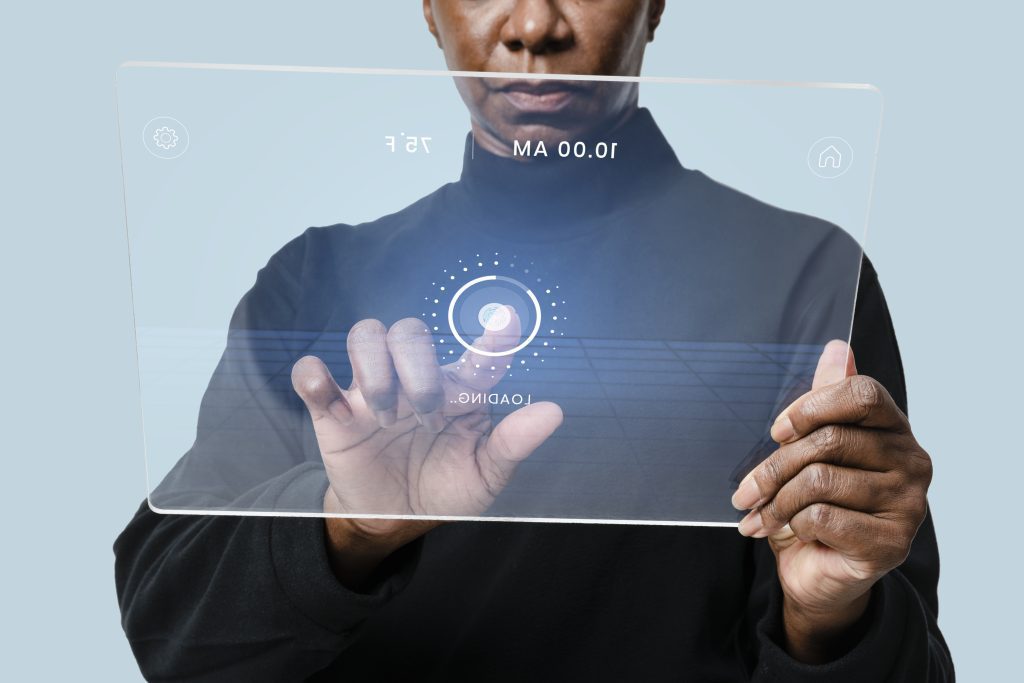Globally, industries face a growing paradox—widespread labour shortages in critical sectors coexisting with rising unemployment in others. While developed nations contend with rapidly ageing populations, emerging economies battle high youth unemployment. Amidst this imbalance, Artificial Intelligence (AI) is gaining traction as a potential solution—promising to improve productivity, optimise hiring, and bridge workforce gaps. Yet, questions remain about whether this technological leap can truly deliver inclusive and sustainable progress.
Despite vast numbers of unemployed or underemployed individuals, many employers report significant difficulty finding qualified candidates. AI has the power to reshape this dynamic through improved job matching and skills alignment, but it also brings potential risks: displacement of workers, reinforcement of systemic biases, and a widening divide between advanced economies and developing regions. Thus, the challenge ahead is clear—leveraging AI to solve labour crises while protecting equity, inclusivity, and long-term workforce resilience.
A Snapshot of the Global Skills Crisis
The 2025 Talent Shortage report by ManpowerGroup highlights a critical moment. For the first time in a decade, businesses report a slight easing in talent shortages, yet 76 percent still struggle to fill roles due to lack of skilled talent. Key sectors like healthcare, logistics, engineering, and digital services face particularly acute challenges.
This talent gap is not merely a short-term issue—it is structural. The root causes include:
-
Skills mismatches: As market demands evolve, traditional qualifications are becoming obsolete.
-
Demographic shifts: Older populations in the global north and youth unemployment in the global south create uneven labour dynamics.
-
Changing worker expectations: Today’s workforce values flexibility, purpose, and personal growth.
-
Technological disruption: Automation and digitalisation are altering job requirements faster than education systems can adapt.
The growing disconnect between the demand for future-ready talent and outdated workforce development models demands a new approach—one driven by adaptability, lifelong learning, and inclusive technological adoption.
AI as a Transformative Workforce Solution
Artificial Intelligence holds immense potential to revolutionise how talent is sourced, developed, and deployed. Far beyond automating repetitive tasks, AI can intelligently match candidates with roles by analysing large datasets, including job requirements, worker capabilities, hiring trends, and even personal values and learning agility.
By using this data, AI systems can:
-
Improve inclusive hiring by factoring in transferable skills and potential—not just experience or qualifications.
-
Identify learning needs and suggest tailored upskilling pathways.
-
Enable employers to build resilient internal talent pipelines, reducing dependence on costly external recruitment.
However, for AI to truly augment human judgment rather than replace it, systems must be implemented with transparency, fairness, and robust bias audits. Human-centred strategies remain essential to unlocking the full value of this technology.
Personalised Upskilling: The Future of Workforce Development
Traditional training approaches are no longer sufficient in today’s rapidly evolving job market. AI-powered platforms offer personalised learning that adapts to each individual’s current skills and professional goals.
These platforms provide:
-
Modular, flexible learning tailored to industry needs.
-
On-demand upskilling for faster talent development.
-
Equal access to training opportunities for underrepresented groups.
By transforming how workers acquire skills, AI democratises professional growth. It enables more people—regardless of geography, background, or education level—to thrive in the modern workforce. Employers benefit from more agile, adaptable teams, while workers gain career confidence and long-term security.
Predictive Workforce Planning: A Proactive Approach
Another key strength of AI lies in predictive workforce planning. Through advanced analytics, AI can forecast:
-
Future skills demand based on industry trends.
-
Potential labour shortages, such as in healthcare or engineering.
-
Regional needs that guide training, immigration, or recruitment policies.
For instance, AI can predict physician shortages in specific regions, allowing governments to scale up training programmes or modify immigration policies in advance. Similarly, sectors like logistics or renewable energy can prepare for automation or demographic shifts through targeted strategies.
Such insights help employers, educators, and policymakers shift from reactive responses to proactive workforce solutions, ultimately improving economic resilience and reducing structural unemployment.
The Equity Challenge: Risks of Overreliance on AI
While AI offers promising solutions, it is no silver bullet. The risks of overreliance are real and potentially harmful:
-
Bias in data and algorithms can reinforce existing inequalities, particularly in hiring and promotion.
-
Automation of low-skill jobs may lead to widespread displacement without sufficient creation of alternative employment.
-
Digital exclusion remains a serious issue, especially in low-income communities lacking access to devices, connectivity, or digital literacy.
If not addressed, these issues could deepen social and economic divides—benefiting large corporations and developed nations at the expense of small businesses and developing economies. Ethical AI design and deployment must become non-negotiable components of any workforce strategy.
Building a Sustainable and Inclusive AI Workforce Ecosystem
To unlock AI’s full potential in reshaping the global workforce, leaders must prioritise human potential over technological capability. A sustainable AI workforce strategy includes:
-
Human-centred innovation: AI should augment creativity, decision-making, and empathy—not replace them.
-
Inclusive ecosystems: Developers, HR leaders, and policymakers must collaborate to ensure AI tools are transparent, explainable, and accessible to all.
-
Safeguards and governance: Algorithm audits, data privacy protections, and equity checks must be standard practice.
-
Closing the digital divide: Governments and companies must work together to improve digital infrastructure, training, and access for underserved communities.
-
Fair and flexible work models: Remote, gig-based, and hybrid roles can enhance inclusivity—but only if paired with fair compensation and career development opportunities.
A Call to Action: Human-Centric Innovation for a Future-Ready Workforce
The global workforce challenges we face today are not just technical—they are human. Education gaps, exclusion, and unequal access to opportunity are the root causes of many talent shortages. AI, if deployed responsibly, can become a powerful catalyst for change. But it cannot work in isolation.
Instead, we need comprehensive, integrated workforce strategies that align technological innovation with human capital development. This includes reshaping education, investing in lifelong learning, and building systems that uphold dignity, adaptability, and fairness.
When used responsibly, AI has the potential to move us from a landscape of scarcity—where talent is mismatched, underutilised, or excluded—to one of alignment, where individuals are equipped, empowered, and connected to meaningful opportunities. The future of work is not just about machines—it’s about how we empower people to thrive alongside them.













